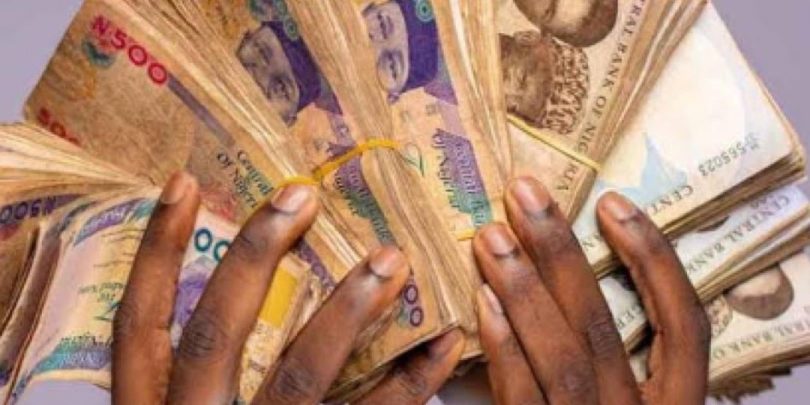The Nigerian Naira has been ranked as the ninth weakest currency in Africa, according to a recent Forbes currency calculator report for September 2025.
The Forbes currency calculator, which sources real-time data via the Open Exchange Rates API, updates every five minutes to reflect live trading values.
The ranking considers factors such as supply and demand, market sentiment, and broader economic conditions affecting each nation’s currency performance.
African Currency Rankings: Naira Trails Behind
The report ranked the São Tomé & Príncipe Dobra as Africa’s weakest currency at 22,282 per $1, followed by the Sierra Leonean Leone (20,970), Guinean Franc (8,680), Ugandan Shilling (3,503), and Burundian Franc (2,968).
Other weak currencies included the Congolese Franc (2,811), Tanzanian Shilling (2,465), Malawian Kwacha (1,737), and the Nigerian Naira (₦1,490 per $1), with the Rwandan Franc rounding out the top ten.
In contrast, the continent’s strongest currencies were the Tunisian Dinar (2.90 per $1), Libyan Dinar (5.40), Moroccan Dirham (9.91), Ghanaian Cedi (12.31), and Botswanan Pula (14.15).
Africa currently has 54 recognized countries, according to the United Nations.
Signs of Economic Relief Amid Currency Challenges
While the Naira remains relatively weak, recent data suggests that inflation in Nigeria is easing.
The National Bureau of Statistics (NBS) reported that headline inflation fell from 24.5% in January to 20.12% in August 2025, marking the fifth consecutive month of decline.
The slowdown is attributed to stable foreign exchange inflows from oil exports and remittances, improved agricultural yields, and consistent monetary policy from the Central Bank of Nigeria, which maintained the benchmark interest rate at 27.5%.
Dr. Omoniyi Akinsiju, chairman of the Independent Media and Policy Initiative (IMPI), said:
“Nigeria recorded a rare disinflation in 2025, with inflation falling from 24.5% in January to 20.12% in August, the sharpest mid-year slowdown in over a decade.”
IMPI forecasts that inflation could drop further to 17% by December, offering hope for continued relief for consumers.

